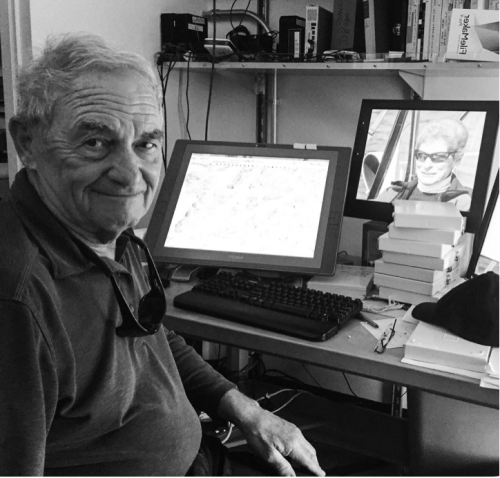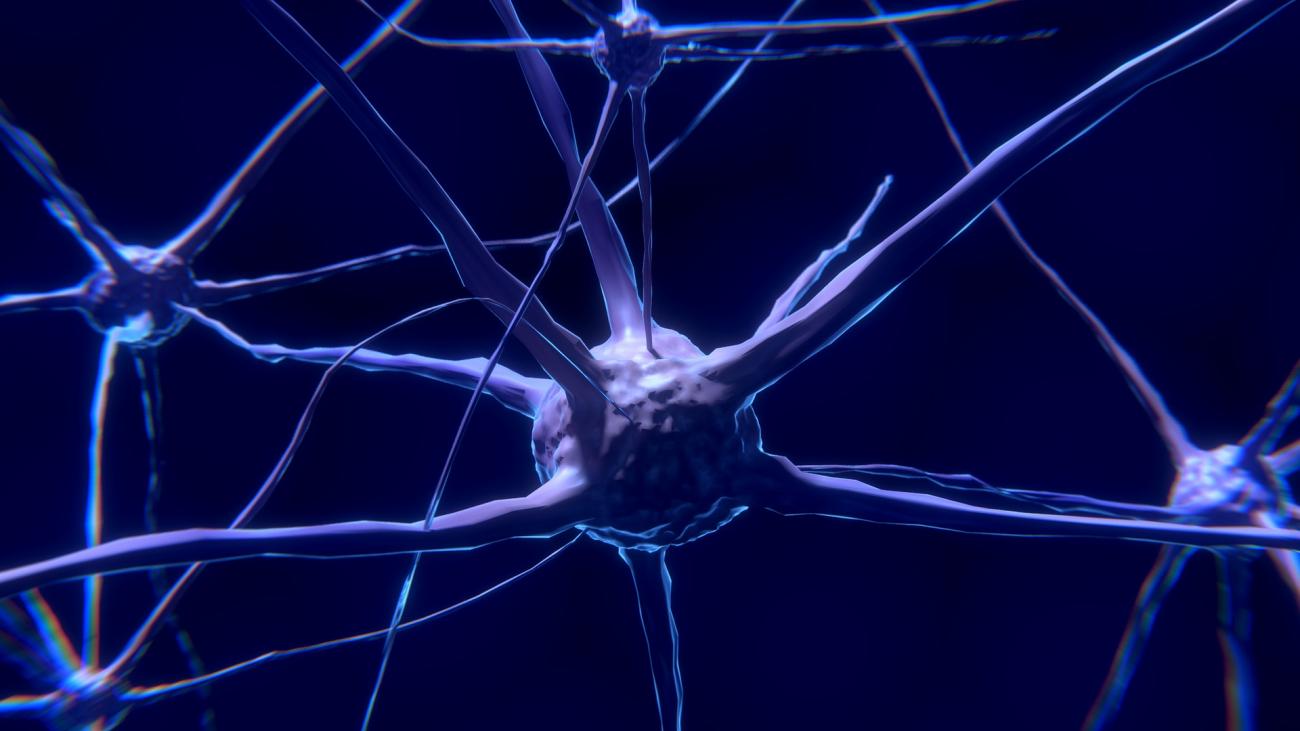Evolutionary Connectomics and the Origins of the Neocortex
The organization of the forebrains of reptiles and birds had long puzzled neurobiologists. Unlike typical mammalian brains, the non-mammalian telencephalon is not organized in a laminated 'cortical' manner, with distinct cortical areas dedicated to individual sensory modalities or motor functions. The two major regions of the telencephalon, the basal ventricular ridge (BVR) and the dorsal ventricular ridge (DVR), were previously referred to as being akin to the mammalian basal ganglia.
The telencephalon of non-mammalian vertebrates appears to consist of multiple 'subcortical' groups of cells. Analysis of the nuclear organization of the avian brain, its connections, molecular properties and physiology, and organization of its pattern of circuitry and function relative to that of mammals, collectively referred to as evolutionary connectomics, revealed that only a restricted portion of the BVR is homologous to the basal ganglia of mammals. The remaining dorsal regions of the DVR, wulst and arcopallium of the avian brain contain telencephalic inputs and outputs that areremarkably similar to those of the individual layers of the mammalian 'neocortex', hippocampus and amygdala, with instances of internuclear connections that are strikingly similar to those found between cortical layers and within radial 'columns' within the mammalian sensory and motor cortices. Moreover, the molecular properties of these 'nuclei' in birds and reptiles are similar to those of the corresponding layers of the mammalian neocortex.
The fundamental pathways and cell groups of the auditory, visual and somatosensory systems of the thalamus and telencephalon of birds and reptiles are homologous at the cellular, circuit, network and gene levels, and are of great antiquity. An altered migration of these homologous neurons and circuits during development in ancestral amniotes (the common ancestors of modern birds, reptiles and mammals) is proposed as a mechanism that may account for the altered configuration of mammalian telencephalons.
This event is open to the public.




